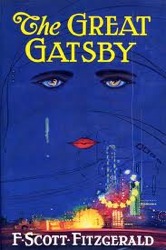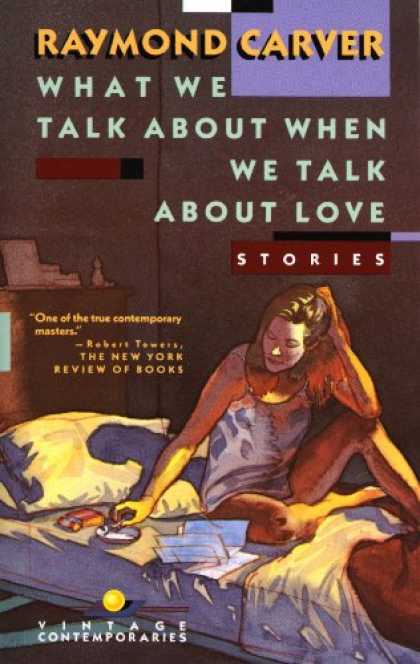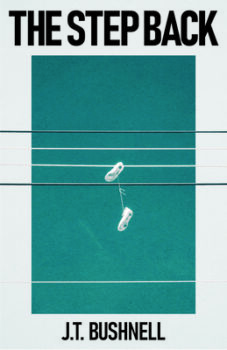 When I heard The Great Gatsby had been rewritten for intermediate readers, I did what many lovers of the novel probably did—checked the online version to see how my favorite passage had been changed, shook my fist, and then re-read the original, penciling all kinds of ecstatic remarks into the margins.
When I heard The Great Gatsby had been rewritten for intermediate readers, I did what many lovers of the novel probably did—checked the online version to see how my favorite passage had been changed, shook my fist, and then re-read the original, penciling all kinds of ecstatic remarks into the margins.
In case you missed Celeste’s post, Macmillan has released a simplified version of the novel as “retold by Margaret Tarner.” Essentially, it relates the events of the Gatsby story without all the big words and elaboration.
And so my favorite passage, two beautiful paragraphs of imagery and movement and metaphor, becomes one plain, plodding sentence: Wind blew through the room until Tom closed the window. Or something like that. I can’t double-check, because Macmillan yanked the content from the web shortly after Roger Ebert attacked it in this diatribe.
But compare that sentence to Fitzgerald’s original:
We walked through a high hallway into a bright rosy-colored space, fragilely bound into the house by French windows at either end. The windows were ajar and gleaming white against the fresh grass outside that seemed to grow a little way into the house. A breeze blew through the room, blew curtains in at one end and out the other like pale flags, twisting them up toward the frosted wedding-cake of the ceiling, and then rippled over the wine-colored rug, making a shadow on it as wind does on the sea.
The only completely stationary object in the room was an enormous couch on which two young women were buoyed up as though upon an anchored balloon. They were both in white, and their dresses were rippling and fluttering as if they had just been blown back in after a short flight around the house. I must have stood for a few moments listening to the whip and snap of the curtains and the groan of a picture on the wall. Then there was a boom as Tom Buchanan shut the rear windows and the caught wind died out about the room, and the curtains and the rugs and the two young women ballooned slowly to the floor.
Infinitely better, isn’t it? But why? What good does all that extra writing do?
First, it gives us a sensory experience rather than merely conveying information. That is, we get to witness this wind for ourselves. We see it in the wild movements of loose fabric, hear its flutters and snaps and groans, feel the buoying and ballooning sensations.
Second, the imagery in the scene parallels the action of the novel. One of these women is Daisy, who for five years has lived in Gatsby’s fantasies, built up by his romantic imagination into something like the figure presented here—one of impossible lightness and freshness and freedom. This is the first we’ve seen of her, and immediately Fitzgerald aligns our perception with Gatsby’s. Notice the openness, the movement, the elevation, the whiteness. It is, of course, Tom Buchanan who ultimately puts an end to Gatsby’s vision, just as he puts an end to the breeze here, bringing everybody back down to earth.
Third, the precise, vivid, metaphorical language launches the novel’s emotional arc. The room is “bright” and “rosy-colored” and “fragilely bound into the house,” sharp descriptions that further echo Gatsby’s vision of Daisy. There is also, however, a “wedding-cake” ceiling, which captures that frosted texture perfectly, but complicates Gatsby’s vision, too—she is, after all, married. Ah, but the “wine-colored rug” suggests class, extravagance, inebriation, and even—because of Prohibition—illicit behavior, all of which play roles in Gatsby’s attempt to seduce her. The paragraph ends as the novel does, with a note of insubstantiality and transience, the curtain “making a shadow on it as wind does on the sea.”
Now, this is only page eight. At this point, readers haven’t been introduced to Gatsby’s dreams and disappointments, so on first read, they will have no inkling of what is being developed here. Even on subsequent reads, its exact nature may elude them. But that doesn’t mean it has no effect. These things build and resonate even when readers aren’t aware of them. That’s why stories so often leave us with an emotional detonation we don’t fully understand. It’s why stories can move us even when we can’t explain why we are moved.
And that’s what gives stories their value—they’re aimed at our hearts, not our heads. Understanding that there is a wind isn’t the same as experiencing it. As Flannery O’Connor puts it,
A story is a way to say something that can’t be said any other way, and it takes every word in the story to say what the meaning is. [. . .] When anybody asks what a story is about, the only proper thing is to tell him to read the story. The meaning of fiction is not abstract meaning but experienced meaning.
That is, you can’t tell the same story with different words. When you change the words, you change the experience and thereby change the story.
I think most readers understand this intuitively, and that’s why so many of us are put off by Tarner’s rewrite. It’s also why so many have decried the new version of Huckleberry Finn in which the N-word has been removed. And it’s why so many Raymond Carver fans were upset when Tess Gallagher, Carver’s widow, republished unedited versions of the stories in What We Talk About When We Talk About Love.
It might also be the reason Tarner’s ending seems so different from Fitzgerald’s:
Gatsby had believed in his dream. He had followed it and nearly made it come true.
Everybody has a dream. And, like Gatsby, we must all follow our dream wherever it takes us.
Some unpleasant people became part of Gatsby’s dream. But he cannot be blamed for that. Gatsby was a success, in the end, wasn’t he?
In the original, Gatsby ends up rejected by the woman he loves, hollowed out by the failure of his dream, murdered in his swimming pool, and abandoned by nearly everyone before his funeral. It’s difficult to call that a success. But Tarner has changed the words, and so we must assume she is ending a different story.
 Ebert, whose column brought such notoriety to Tarner’s retelling, seems to recognize this dynamic, but he overshoots his mark. He argues that “Fitzgerald’s novel is not about a story. It is about how the story is told.” That’s approximately correct. He means, I think, that the writing is as important as the story, which is true. But to say that Gatsby isn’t about a story—well, that only reduces it, the same way Tarner does.
Ebert, whose column brought such notoriety to Tarner’s retelling, seems to recognize this dynamic, but he overshoots his mark. He argues that “Fitzgerald’s novel is not about a story. It is about how the story is told.” That’s approximately correct. He means, I think, that the writing is as important as the story, which is true. But to say that Gatsby isn’t about a story—well, that only reduces it, the same way Tarner does.
The problem is the idea that one of these elements is secondary to the other. Tarner’s rewrite indicates that the sequence of events matters, not the language; Ebert contends the language matters, not the events. Perhaps the more basic problem is the idea that these elements are divisible in the first place, as if one can exist without the other. They aren’t; they can’t. To Ebert, I would say that the language builds the story. To Tarner, I would say the same.




